Understanding Visual Aesthetics
Definition and Importance
Visual aesthetics in the realm of art and design are profoundly impactful; they refer to the principles and practices that guide the arrangement of visual elements. These principles are not only rules of design but also tools used to evoke emotions, communicate messages, and create meaningful experiences. In the music industry, visual aesthetics are crucial as they significantly influence audience perception and engagement. A well-crafted visual identity aligns with an artist’s brand, extends their reach, and deepens their connection with fans. Thus, understanding visual aesthetics is vital for any artist looking to enhance their market presence and resonate with listeners. Consider the role visuals play in shaping first impressions; they can captivate potential fans and funnel them into a deeper exploration of an artist’s work. For more insights on visuals in music, refer to Visual Aesthetics that shape music marketing today.
Elements of Visual Aesthetics
Several key elements of visual aesthetics must be considered when crafting the visual identity of a music artist. These include color, imagery, typography, and overall layout. Each plays a pivotal role in communicating the essence of the music and the artist’s personality.
- Color: Color evokes emotion and can influence perception subconsciously. Different hues can draw diverse audiences, establishing mood and identity.
- Imagery: Images can tell a story, convey emotions, or transport the viewer to a different world. This includes photographs, graphics, and artwork that represent the music.
- Typography: The style of text and its arrangement matter significantly. Typography can project a sense of style and professionalism while enhancing or undermining the message being conveyed.
- Layout: The composition of visuals—how elements are arranged on a page—greatly affects readability and engagement. A balanced layout draws in the eye and maintains viewer interest.
Visual Aesthetics in Music Genres
Visual aesthetics are heavily influenced by music genres. Different genres adopt unique visual components that speak to their target audience and create a cohesive identity. For example:
- Pop: Often characterized by vibrant colors, upbeat imagery, and sleek typography, pop visuals aim to capture a youthful, energetic vibe.
- Rock: Typically embraces darker palettes with bold fonts and gritty imagery, reflecting the genre’s rebellious spirit.
- Electronic: Frequently utilizes futuristic visuals with neon colors and abstract elements to reinforce innovation and technological advancement.
- Genre Blends: As musical styles blend, visual aesthetics must adapt. Successful artists leverage a combination of elements from various genres to create an engaging, unique brand.
Key Components of Visual Aesthetics
Color Theory and Its Impact
Color theory is foundational in visual aesthetics and plays a critical role in eliciting specific psychological responses from the audience. Different colors can evoke various emotions; for instance, blue can instill calmness while red can evoke excitement or urgency. For artists, using a consistent color palette can create a recognizable brand. Here are some key applications in music marketing:
- Brand Recognition: A unique color scheme can make an artist instantly identifiable.
- Emotional Connection: Colors can be used in album artwork and social media to connect emotionally with the audience.
- Complementing Lyrics: The colors used should reflect the themes present within the music—whether it’s dark, reflective, joyful, or energetic.
Use of Imagery and Symbols
Imagery and symbols significantly enrich visual aesthetics by adding layers of meaning. Artists can reinforce brand identity through recurring motifs or symbols that resonate with fans. These visual cues can provide insight into an artist’s persona or the themes found within their music. Essential considerations include:
- Consistency: Repeated use of specific imagery helps solidify brand identity.
- Symbolism: Visuals should symbolize aspects of the artist’s journey, experiences, and lyrical themes.
- Engagement: Unique imagery can engage audiences, inviting them to explore deeper narratives behind the music.
Typography and Layout in Music Promotion
Typography goes beyond mere legibility; it plays a crucial role in establishing the overall tone and message of the visual identity. The choice of fonts, styles, and arrangement can convey personality traits, such as sophistication, playfulness, or raw energy. When designing promotional materials, artists should consider:
- Font Selection: Choosing the right font can instantly convey the essence of the music—from handwritten styles for intimate folk albums to bold sans-serif fonts for electronic tracks.
- Hierarchy of Information: A well-structured layout guides the viewer logically through content, making essential elements pop.
- Readability vs. Aesthetics: While creativity is key, clarity should never be sacrificed for artistic flair. Ensuring that promotional materials are easy to read and understand is paramount.
Applying Visual Aesthetics in Music Marketing
Creating Engaging Album Art
Album art is often the first visual touchpoint for listeners. It serves as a critical marketing tool, enticing potential fans and reflecting the music’s content. Effective album art should encapsulate the theme of the music while standing out in a crowded market. Key considerations include:
- Concept Development: Artists should brainstorm ideas that complement their sound and message, often involving a storyline or central theme.
- Collaboration: Working with graphic designers who understand the artist’s vision can elevate the final product significantly.
- Testing Designs: Gaining feedback from focus groups or social media followers can ensure the art resonates before launch.
Social Media Presence through Visuals
In today’s digital age, social media serves as a primary platform for artists to connect with fans. Visuals play a fundamental role in establishing an artist’s online presence. Strategies for impactful visuals include:
- Consistency: Maintaining a coherent visual style across platforms aids in brand recognition.
- Behind-the-Scenes Content: Showcasing candid moments can humanize artists and foster fan engagement.
- Visual Storytelling: Using images or short videos to narrate a story related to new music can captivate followers.
Leveraging Music Videos for Impact
Music videos serve as a dynamic medium for storytelling, combining visuals, sound, and narrative. They can amplify the emotional impact of a song and expand its reach. Successful music videos consider:
- Concept and Storyline: Developing a narrative that enhances the lyrics can elevate the overall experience for viewers.
- Visual Quality: Investing in high-quality production can distinguish an artist’s brand from competitors.
- Engagement: Creating interactive elements or challenges tied to the video can encourage viewer participation and sharing.
Challenges in Achieving Visual Aesthetics
Balancing Artistic Integrity and Market Trends
One of the most significant challenges artists face is balancing their unique artistic vision with market demands and trends. While staying relevant is crucial, it should not come at the expense of authenticity. Here are ways to navigate this challenge:
- Research Trends: Understanding current market trends can provide insights, but the goal should be to integrate them without losing one’s unique vision.
- Stay True to Yourself: At the core, fans connect with authenticity. Maintaining artistic integrity is essential for long-term success.
- Innovate: Seek opportunities to innovate within the existing trends, creating a unique offering that resonates with the audience.
Common Mistakes to Avoid
Failure to pay attention to visual aesthetics can undermine even the most remarkable music. Some common mistakes to avoid include:
- Inconsistency: Straying from a cohesive visual identity can confuse fans and dilute brand strength.
- Over-Complication: Trying to incorporate too many elements can overwhelm viewers; simplicity often leads to clarity and effective communication.
- Poor Quality: Low-resolution visuals or poorly designed graphics can harm credibility and turn off potential fans.
Adapting to Audience Preferences
Understanding audience preferences is essential for successful visual aesthetics. Engagement can significantly improve by tailoring elements to what resonates with fans. Points to consider include:
- Feedback Loops: Encourage and act upon feedback from fans regarding visuals to continually refine and improve.
- Demographics: Tailor visuals to suit the demographic characteristics of the audience to enhance relatability.
- Trend Awareness: Regularly review analytics and social media trends to stay ahead of audience expectations and interests.
Measuring the Impact of Visual Aesthetics
Analyzing Audience Engagement
To understand the effectiveness of visual aesthetics, artists must monitor how their audience engages with visuals across platforms. Key strategies for evaluating engagement include:
- Social Media Metrics: Track likes, shares, comments, and reach of visual content to gauge audience reaction.
- Website Analytics: Employ analytics tools to evaluate how visuals on a website influence user behavior, including time spent on pages and click-through rates.
- Surveys: Conduct surveys or polls to gather direct feedback from fans about their preferences and perceptions regarding visuals.
Performance Metrics and ROI
Determining the return on investment (ROI) for visual aesthetics is one of the more complex aspects of music marketing. Metrics to assess include:
- Sales Impact: Analyze changes in music sales or streaming figures following the release of new visuals, such as album art or music videos.
- Audience Growth: Tracking increases in followers, subscribers, or engagement post-visual content release can inform the effectiveness of those materials.
- Conversion Rates: Monitor conversion rates linked to promotional visuals to determine their direct financial impact.
Continuous Improvement Strategies
To sustain success in visual aesthetics, continuous improvement is essential. Strategies include:
- Regular Reviews: Schedule periodic assessments of visual aesthetics to identify areas for improvement.
- Staying Educated: Attend workshops or courses focused on design trends and visual storytelling techniques.
- Collaborative Brainstorming: Involve team members—such as designers, marketers, and fans—in the brainstorming process to gain diverse insights.

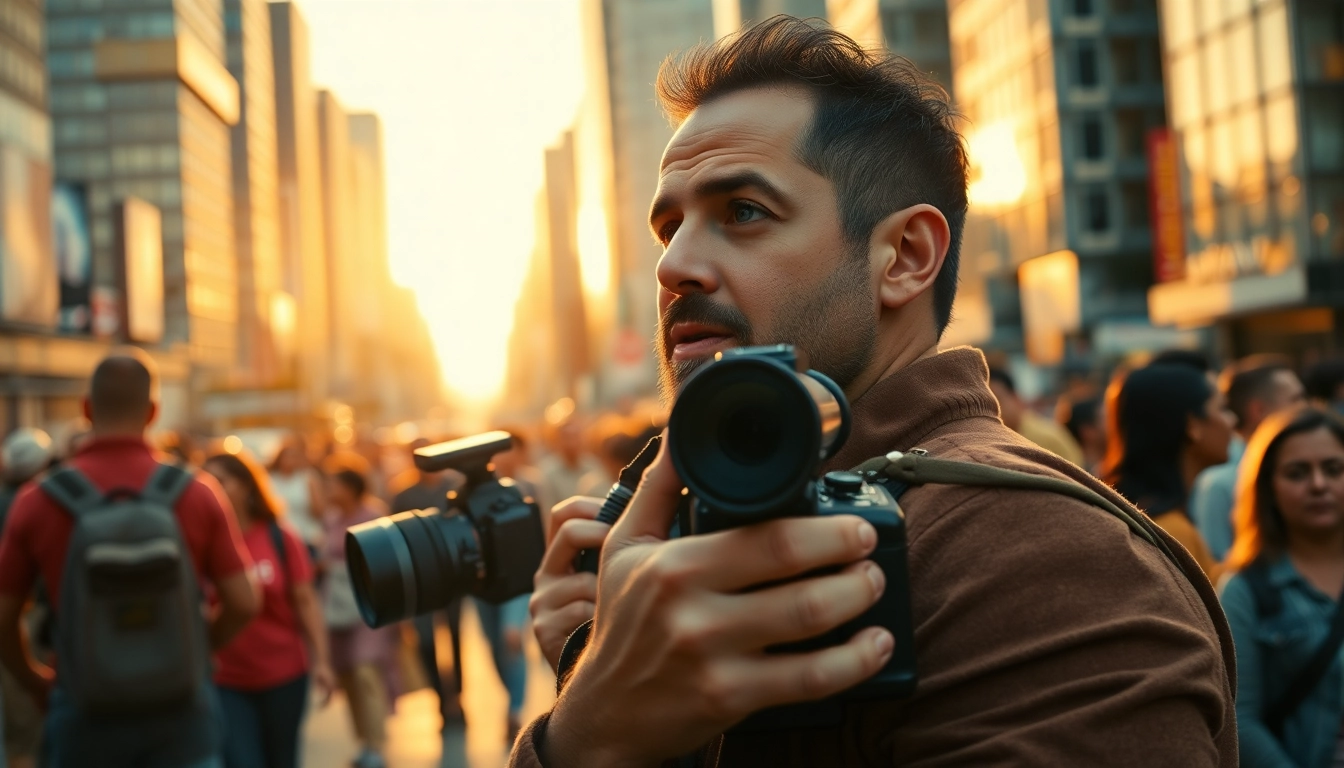


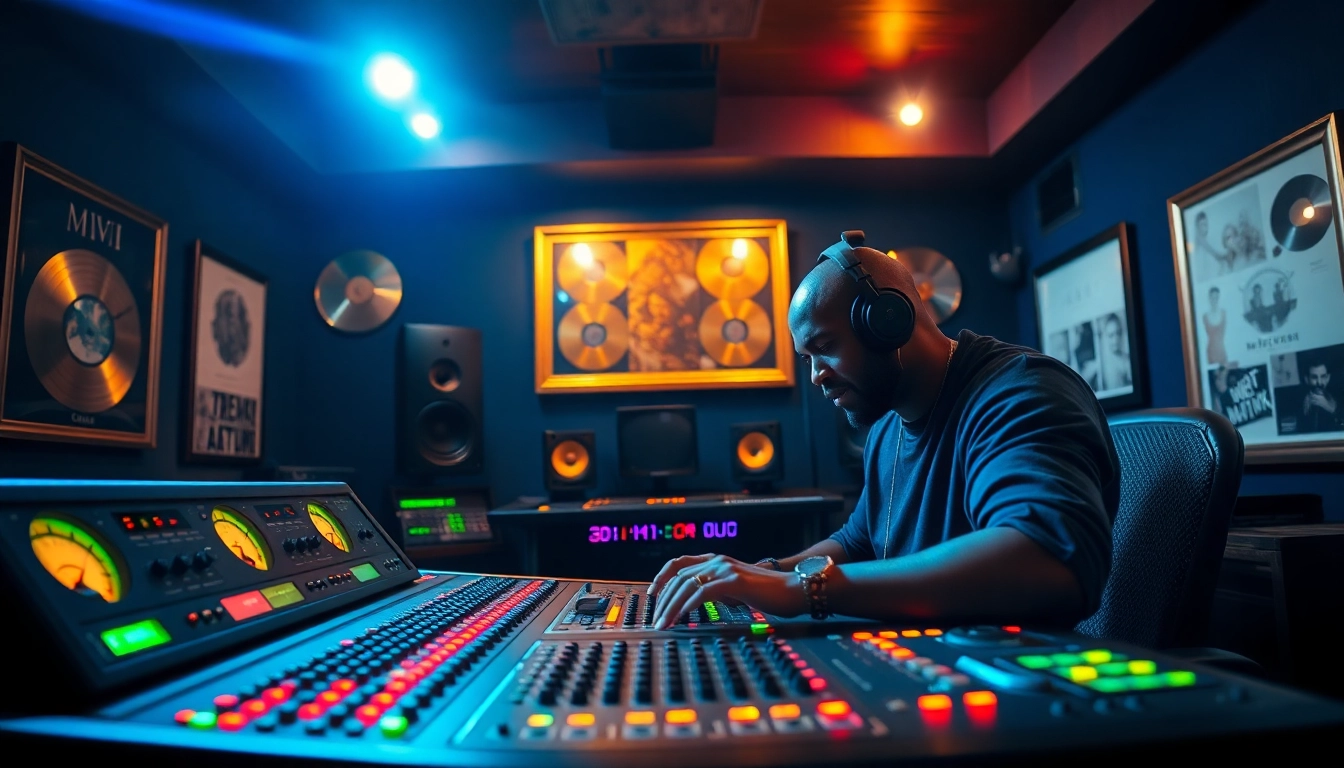
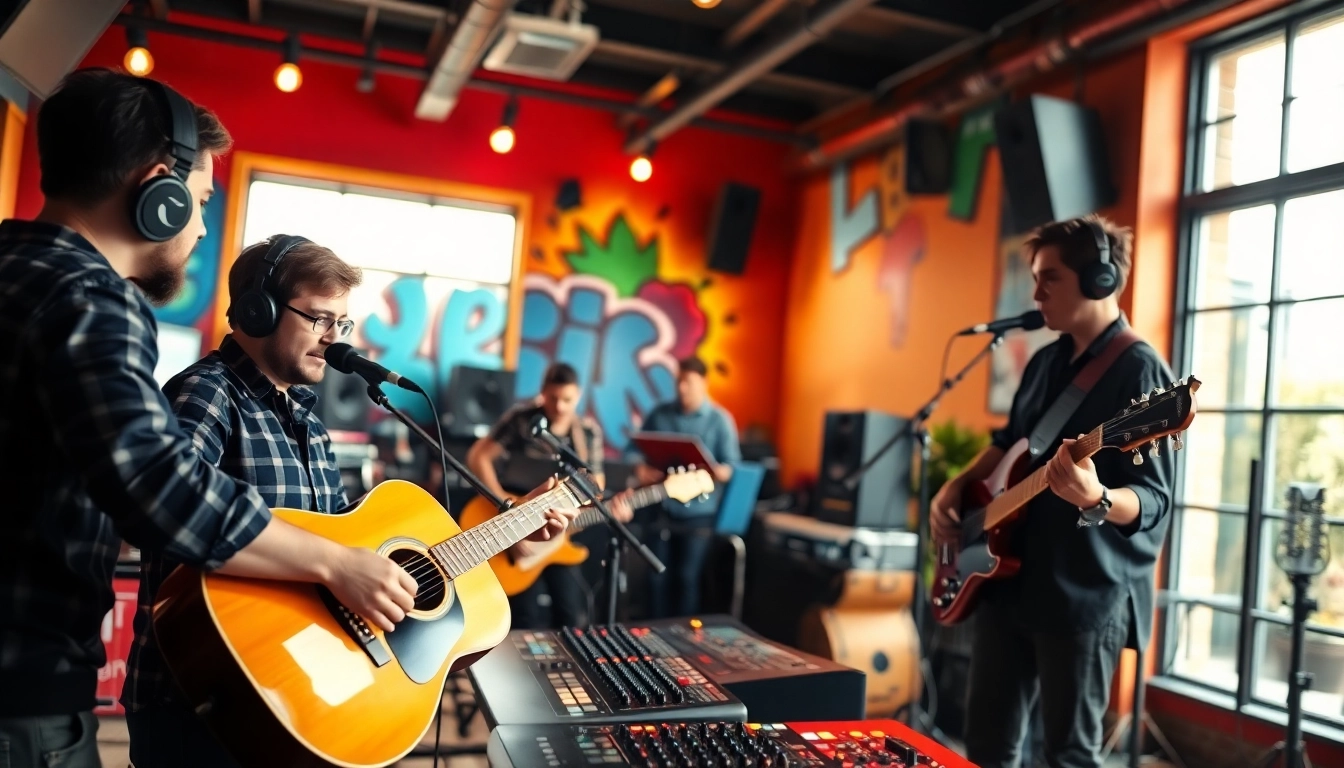
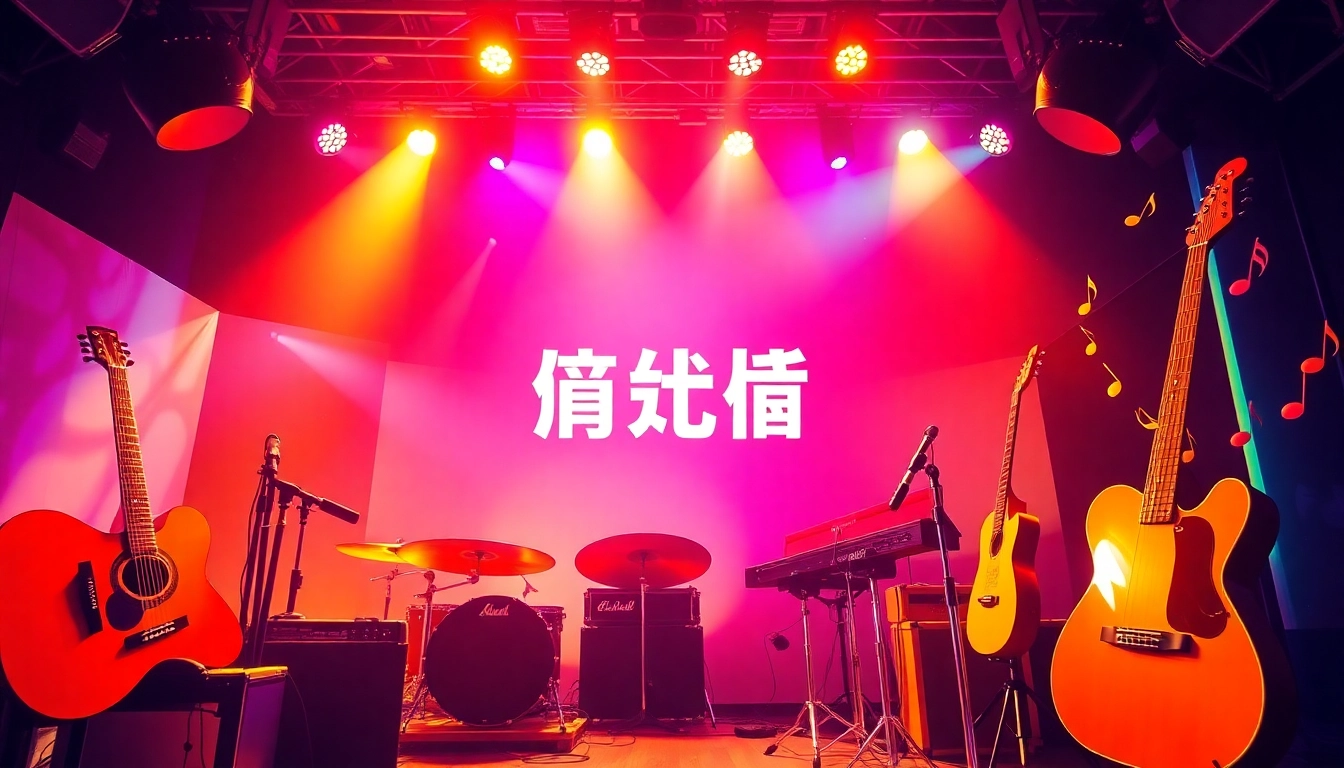
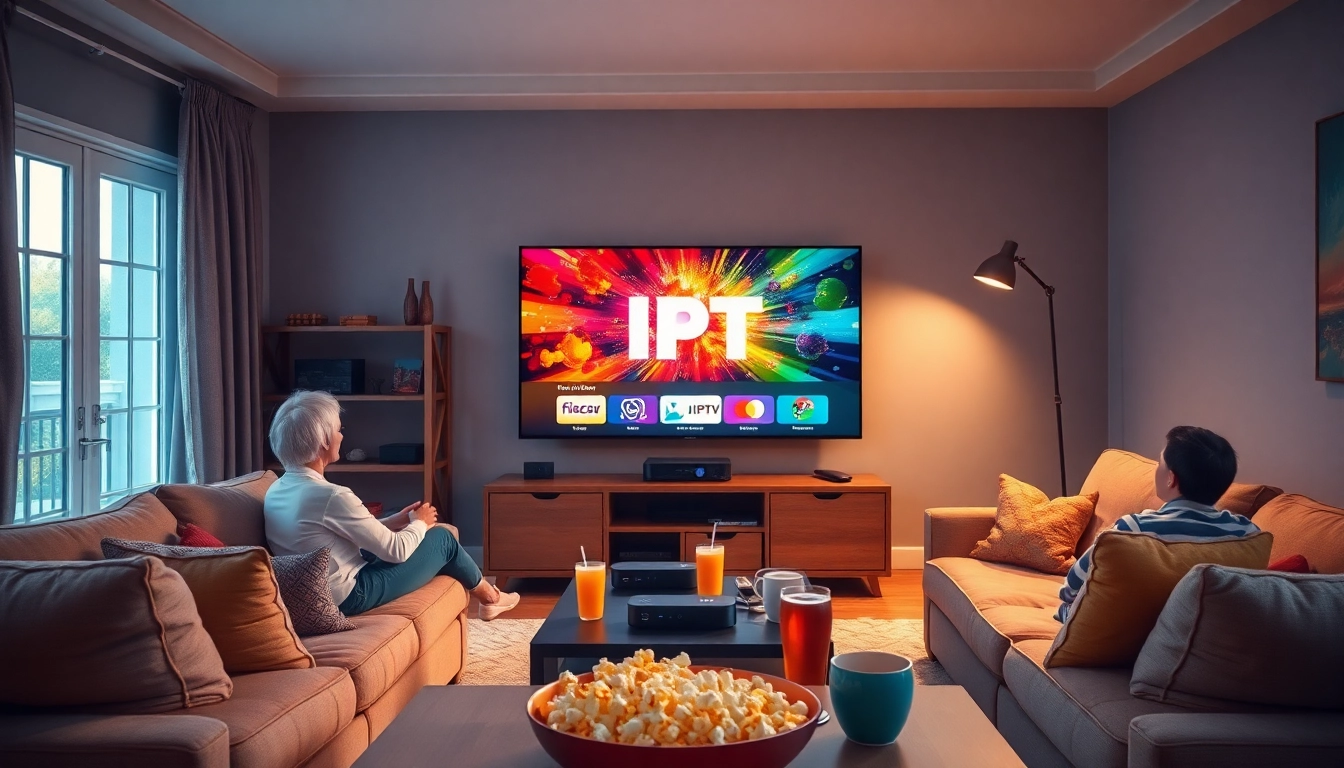
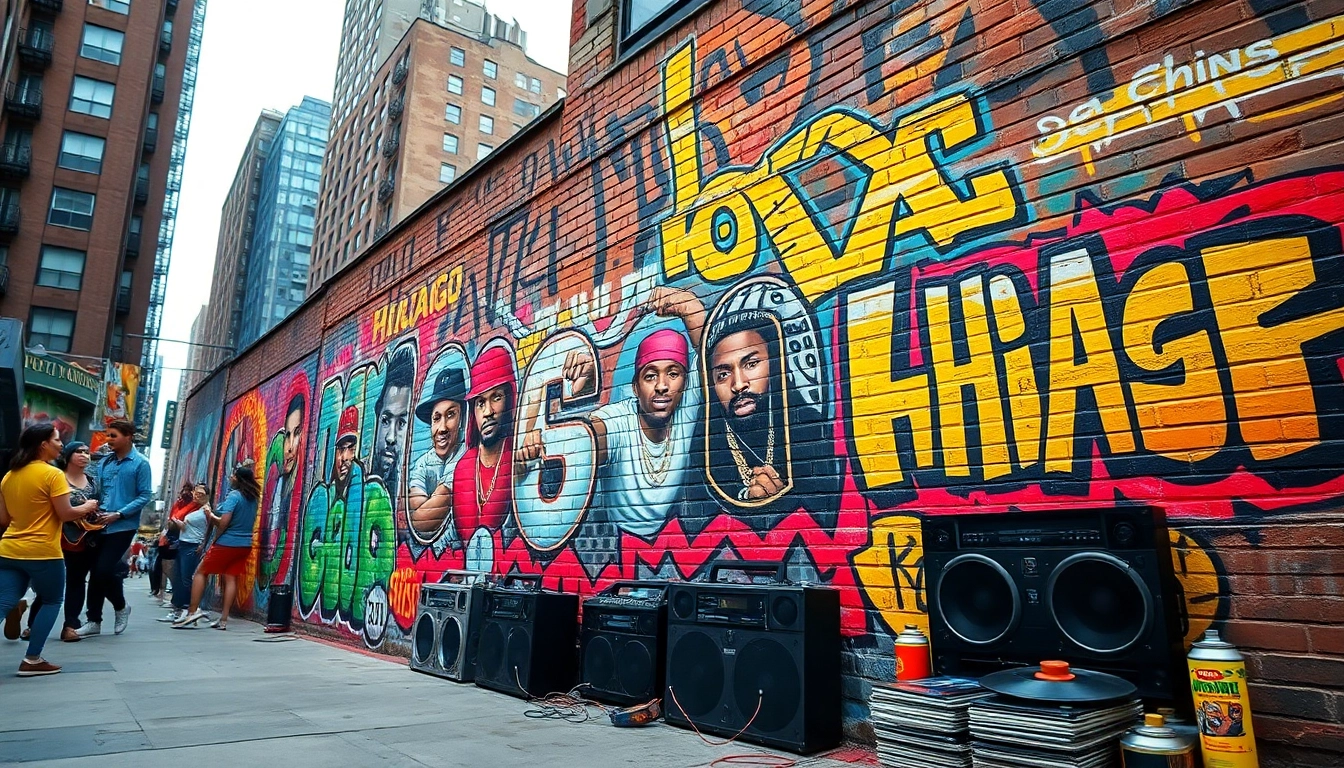

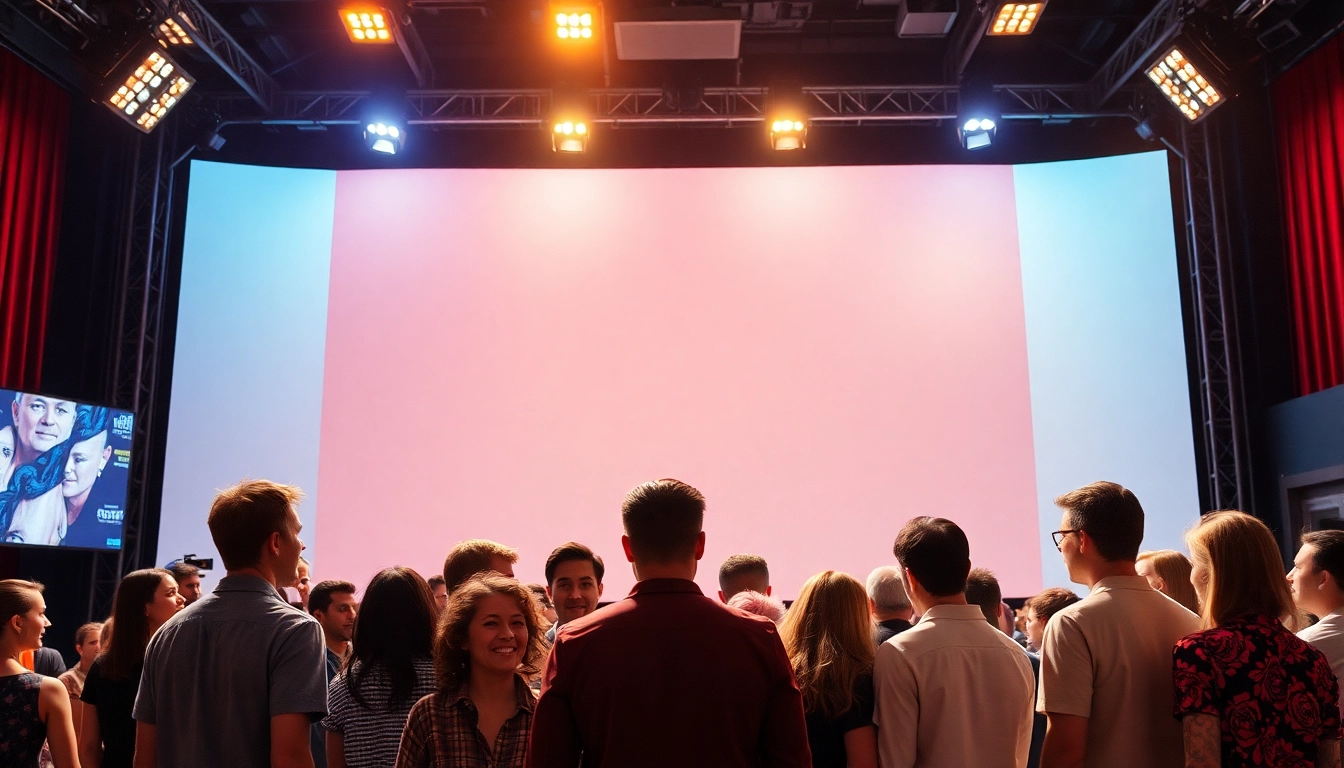




Leave a Reply